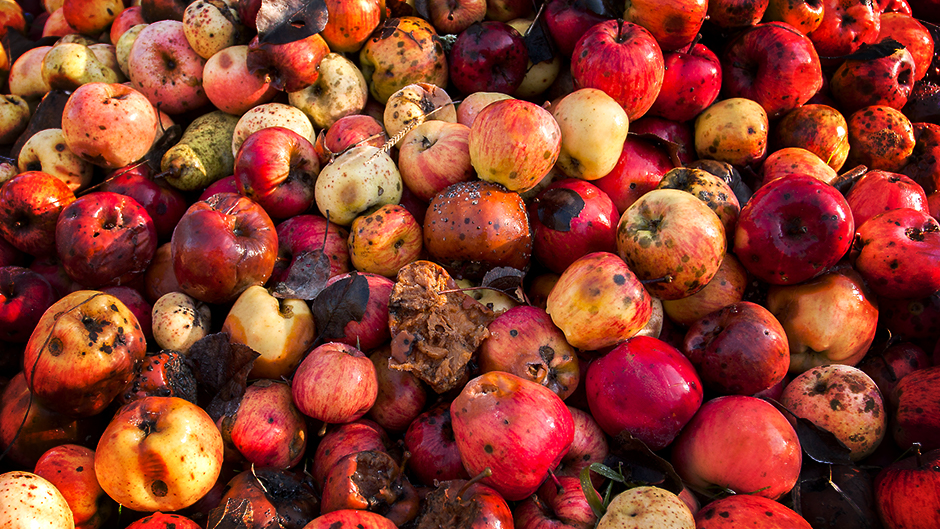Six days after a prone and restrained George Floyd died under the knee of a Minneapolis police officer, National Security Advisor Robert O’Brien dismissed charges that racism is rampant among police by arguing that “a few bad apples” are giving police “a terrible name.”
But O’Brien’s widely expressed view made little sense to sociologist Jomills H. Braddock II, a University of Miami professor who studies equity and social injustice. Braddock doubted that just a few individuals could be responsible for the pervasive evidence showing that Black and Latino people are far more vulnerable to police brutality, racial profiling, shootings, and other mistreatment.
So, as protests over Floyd’s death roiled the nation, Braddock and fellow University of Miami sociologists—recent graduate Rachel Lautenschlager; Alex Piquero, chair of the Department of Sociology and Arts and Sciences Distinguished Scholar; and Nicole Leeper Piquero, professor of sociology and associate dean—set out to answer a question that, surprisingly, had never been directly addressed: How pervasive is racial bias among police? And if there is such bias, is it the same for whites, Blacks, and Hispanics?
The answer, Piquero said, should give everybody pause. According to their study published in the American Sociological Association’s Contexts magazine, almost one of five officers exhibit high levels of implicit, or unconscious, pro-white/anti-Black bias, and roughly one of eight officers exhibit high levels of explicit, or conscious, pro-white bias.
Culled from one of the largest, public data sets of hidden biases, those statistics seem to confirm Braddock’s hunch that biases among police are widespread, a finding he and Piquero hope will lay the bad apple explanation to rest and prompt police departments to focus on eradicating the imbedded biases that workers everywhere bring to their jobs.
“There are lots of other studies that show that doctors or lawyers or public schoolteachers have implicit pro-white biases that affect their performance with people of color,’’ Braddock said. “But there seems to be such a reluctance to acknowledge the possibility that bias exists beyond a handful of individuals in policing. Not recognizing this represents an obstacle to doing something about it. So, let’s stop using the excuse of a few bad apples.”
The researchers arrived at their conclusion by analyzing the responses of roughly 4.8 million adults, including nearly 8,000 police officers, who took the Implicit Association Test (IAT) between 2016-2019. Designed by Project Implicit, a nonprofit network of researchers who investigate hidden biases that influence perception, judgment, and action, the test is one of the most widely used measures of unconscious pro-white/anti-Black attitudes.
By measuring how quickly and accurately respondents pair white faces with “good” words and Black faces with “bad” words, and comparing that with the inverse, the IAT produces scores for pro-Black/anti-white bias and pro-white/anti-Black bias. By comparing the nearly 8,000 police officers who took the test to the millions of test-takers in other professions, the researchers found what they called “alarming levels” of both implicit and explicit bias among the responding police officers.
“We find that officers exhibit consistently higher levels of bias than members of the public overall and compared to other members of their own racial groups,” the researchers wrote. “The level of implicit bias among police is perhaps not surprising because it is fairly widespread. However, the extent of explicit bias found among police is both surprising and alarming.”
The researchers also noted that, while Black individuals who took the IAT exhibited much lower levels of conscious bias than other racial groups, Black police displayed a greater explicit pro-white/anti-Black bias than other Black people—a finding that the researchers said raises several questions about the police profession: Do people choosing to become police officers already hold such views? Does law enforcement itself somehow instill or further enmesh such perceptions? Or is it some combination of both?
Though unable to answer those questions with the limited demographic measures in the Project Implicit data, the researchers said their study shows that the often-proposed solution of diversifying police workforces to reflect the communities they serve will not by itself eliminate racial inequality in policing. Instead, they said, race awareness must be considered a fundamental and continuous component of police training and professional development, not merely a onetime task to be checked off.
“Although a small number of police may be responsible for a disproportionate number of misconduct incidents, the mistreatment of Black people appears to be embedded within, and legitimated by, a collective, organizational culture characterized by anti-Black prejudice,” they wrote. “Therefore, training programs must focus not only on changing officers’ individual biases but transforming shared beliefs about race.”
And, although their study focused on police, both Braddock and Piquero emphasized that implicit biases are by no means a police problem, but a societal problem. After all, as their study noted, both police and members of the public hold explicit and implicit pro-white biases—a reality that the scholars attributed to individual socialization in a racialized and gendered society.
“Whether you’re a doctor, a lawyer, a teacher, an airline pilot, or a police officer, you accumulate these attitudes over a lifetime and that’s what we need to be addressing,” Piquero said. “People in all kinds of professions have these attitudes. It’s just magnified now in policing because of the higher stakes and the atrocities that we see in video accounts like that of George Floyd’s death. What we need to do is better socialize children as early as possible to not just recognize differences, but to embrace and learn from them.”

